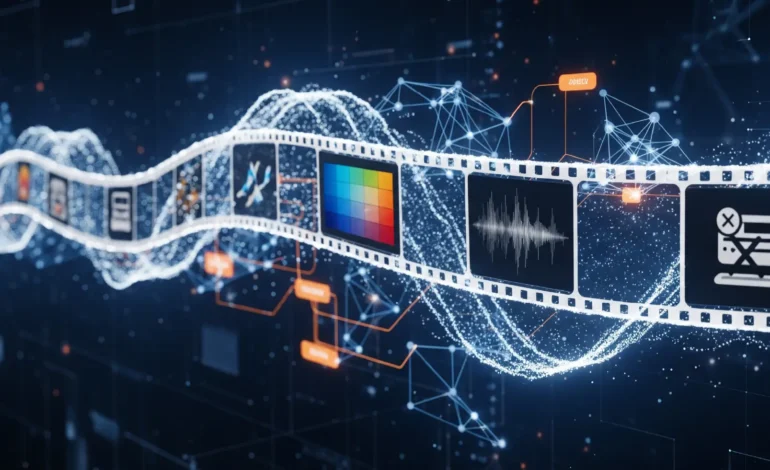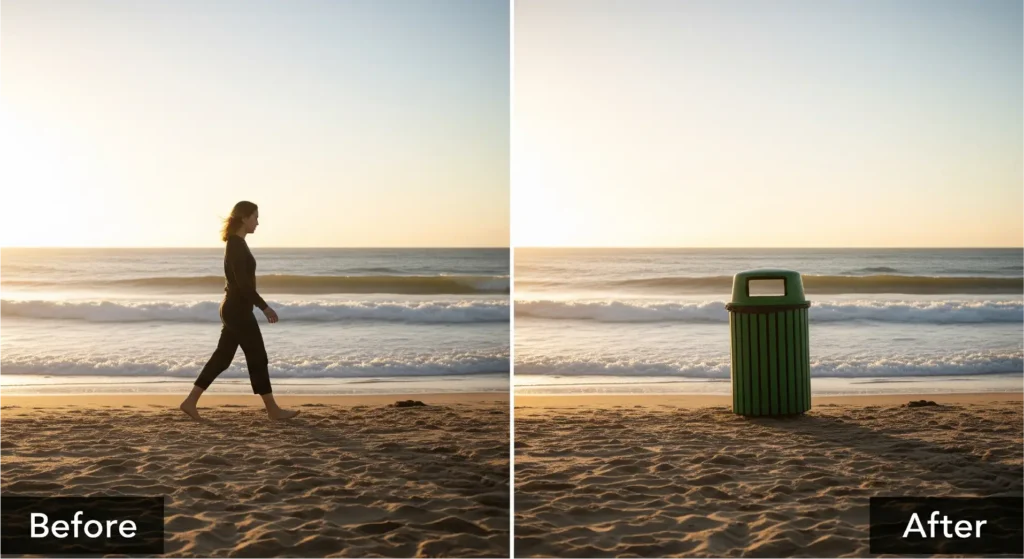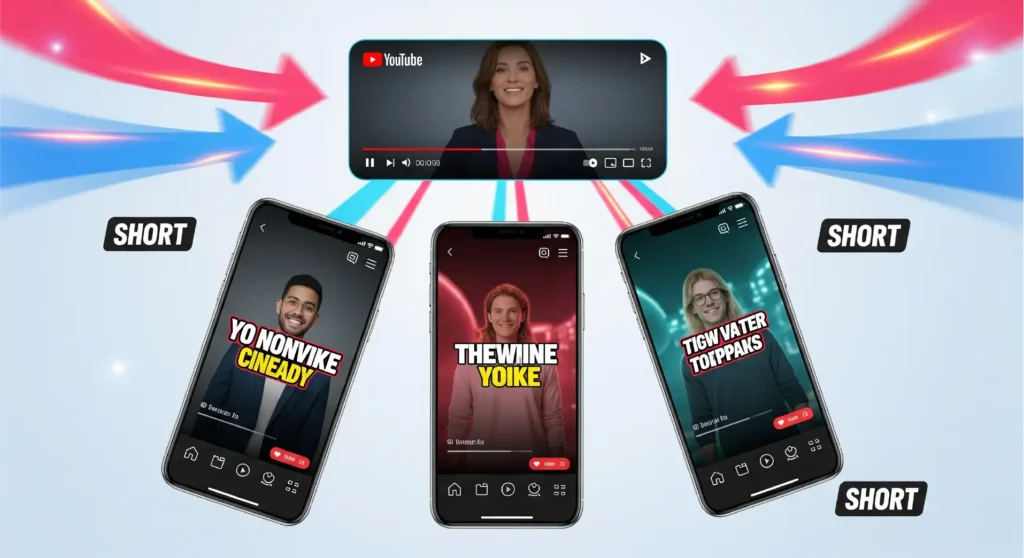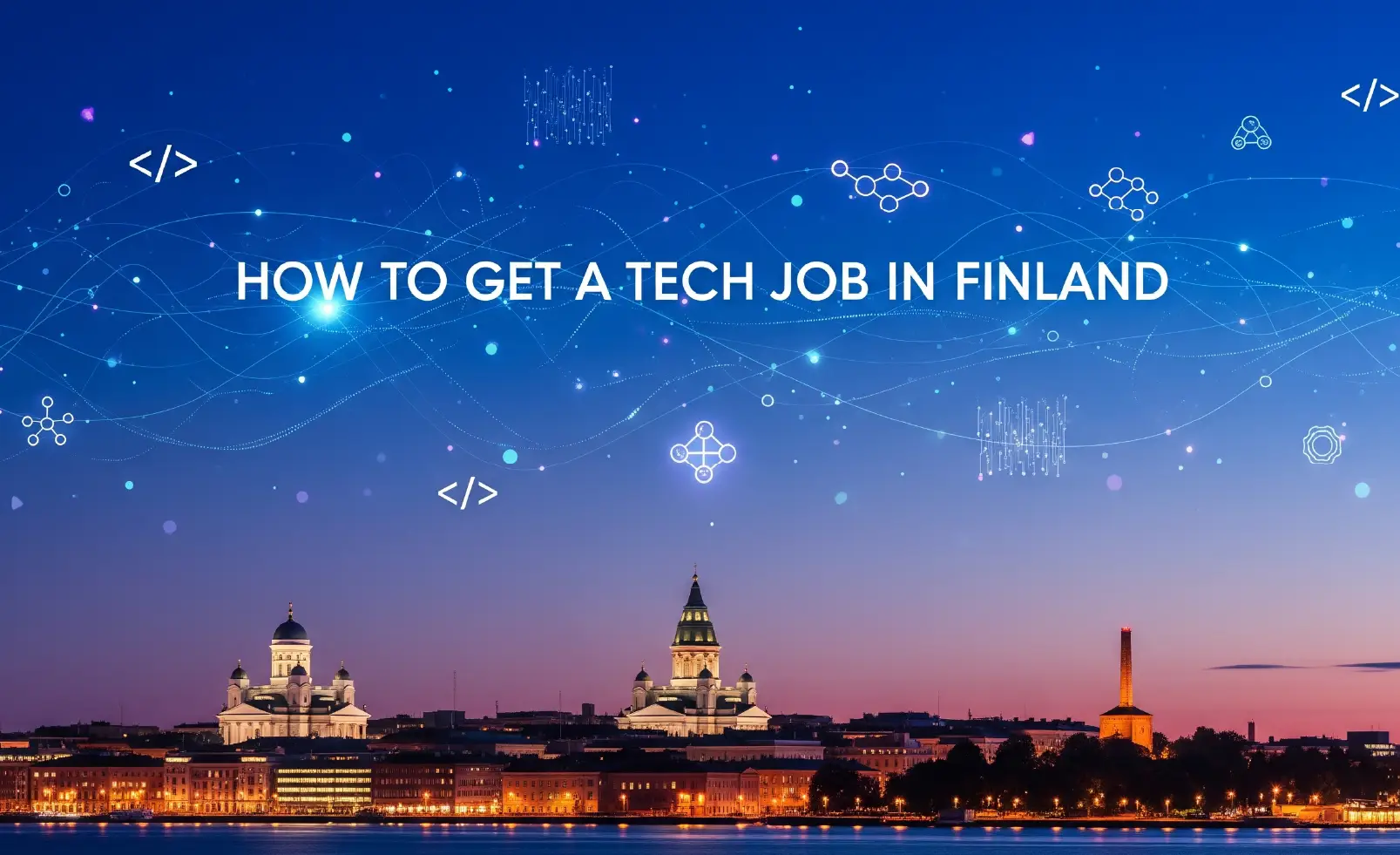7 AI Video Editing Tools That Are Changing the Game in 2025

7 AI Video Editing Tools That Are Changing the Game in 2025
For decades, video editing has been a craft of meticulous, manual labor—sifting through hours of footage, painstakingly removing unwanted objects, cleaning up noisy audio, and manually color grading every single clip. But in 2025, that reality is changing at lightning speed. A new wave of artificial intelligence tools is automating the most tedious parts of the process, unlocking a new level of creativity and efficiency. Welcome to the era of AI video editing.
From Adobe’s jaw-dropping new features to specialized standalone apps, AI is no longer a gimmick; it’s an indispensable co-pilot for creators. Whether you’re a professional filmmaker, a YouTuber, or a marketing team, understanding and using these tools is now critical to staying competitive. The world of AI video editing is moving fast, and this guide will show you the most impactful tools available today.
This article breaks down the 7 most game-changing AI video editing tools and techniques that are revolutionizing creative workflows in 2025.
1. AI Scene Detection & Culling
The first challenge in any project is reviewing footage. For a 10-minute YouTube video, a creator might have an hour or more of raw takes. AI-powered culling analyzes your footage, automatically detects different scenes, identifies technical issues (like blurry shots or bad lighting), and even transcribes the audio. Tools integrated into platforms like Adobe Premiere Pro can then present you with a timeline of only the best, most usable takes, saving hours before the creative work even begins. This is the first step in a modern AI video editing workflow.

2. Generative Fill for Video
This is the feature that feels like pure magic. Building on the success of Adobe Photoshop’s Generative Fill, Adobe Firefly Video now brings this capability to moving pictures. Imagine you have the perfect shot, but a stray coffee cup is on the table or a person walks through the background. With Generative Fill for video, you can simply mask the unwanted object, and the AI will remove it, intelligently recreating the background for the duration of the clip. This technology is a game-changer for post-production and a core component of advanced AI video editing.
3. AI Audio Enhancement
Poor audio can ruin a great video. Traditionally, cleaning up noisy or reverbera-filled audio required complex tools and expertise. Now, tools like Adobe Podcast Enhance and built-in features in DaVinci Resolve use AI to remove background noise, eliminate echo, and balance vocal frequencies to make amateur recordings sound like they were captured in a professional studio—all with a single click. This democratization of high-quality audio is a revolutionary part of AI video editing.
4. AI Color Grading & Matching
Achieving a consistent, cinematic color grade across clips shot at different times or on different cameras is one of the most skilled parts of video editing. AI color tools simplify this dramatically. You can now use a reference image—a still from a Hollywood movie, for example—and the AI will automatically apply that color palette and mood to your entire project. Furthermore, it can instantly match the color grade between two different clips, ensuring a seamless and professional look. This approach to color is a massive time-saver for any serious AI video editing process.

5. AI Text-to-Video Generation (for B-Roll)
While models like Google’s Veo and OpenAI’s Sora can create entire short films, their most practical use in a daily AI video editing workflow is for generating quick, custom B-roll. Instead of searching stock footage sites for a generic clip, you can now simply type a prompt like “a 5-second cinematic shot of a coffee being poured in slow motion” and get a unique clip that perfectly matches your project’s aesthetic. This is the ultimate solution for filling gaps in your timeline.
6. AI Auto-Reformatting
The need to post content on multiple platforms (YouTube, TikTok, Instagram Reels) has created a huge workload for creators. Tools like Opus Clip and Vidyo.ai use AI to solve this. They analyze a long-form video (like a podcast or a YouTube video), identify the most engaging and viral-worthy moments, and automatically re-edit them into dozens of vertical short clips, complete with animated captions. This is perhaps the most efficient AI video editing tool for social media managers.
7. AI Avatars & Voice Cloning
For corporate, training, and educational content, AI avatars have reached a new level of realism. Platforms like Synthesia and HeyGen allow you to type a script, choose a stock or custom AI avatar, and generate a professional video without ever needing a camera or microphone. The ability to update videos simply by editing the text is an incredible advantage. This type of AI video editing is transforming how businesses approach internal and external communication.

Conclusion
The landscape of AI video editing is no longer a distant future; it’s the present. These tools are not replacing creative editors but are augmenting their abilities, removing technical barriers, and automating tedious tasks so creators can focus on what matters most: telling a great story. From automated culling and generative erasing to instant color grading and one-click audio fixes, the new generation of AI video editing software is the most significant leap forward for creators in a decade.
For more deep dives into the AI tools that are shaping the future of content, continue to explore our guides and reviews at techpastel.com.



